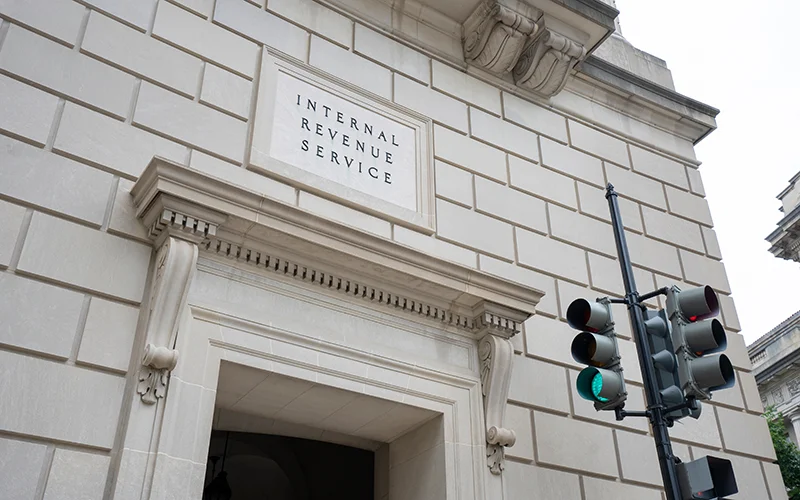But is it a good idea to pay off debt — or just an easy way to drain savings?
From Moneywise — By Christy Bieber —
What if you had the flexibility to choose how to use your 401(k) match? One company has just started allowing it.
The Internal Revenue Service (IRS) ruled that employees at an unnamed company can designate a portion of their employer match to student debt repayments or health reimbursement accounts, in addition to their traditional 401(k).
In August, the IRS provided the so-called private letter ruling to the unnamed company, stating that they could offer workers more flexibility with their 401(k) accounts. At the beginning of each year, employees can decide where to allocate their funds. If a choice isn’t made, funds will automatically go into an employee’s retirement account.
Although the ruling isn’t widespread at this time (the unnamed company had submitted a request to the IRS for the change), it’s being viewed by many as a trial run for the IRS — one that could potentially allow for more businesses to offer flexibility with 401(k) matches.
The benefits of a flexible 401(k) match
If the IRS expands its ruling to more (or all) companies, businesses could benefit in a big way.
For starters, it could be a powerful recruiting tool for employers because they’d be better able to alleviate their workers’ biggest financial concerns outside of the retirement years.
Individual employees could also benefit, as they could get more support in different aspects of their financial journey.
Fidelity reports that roughly 22% of employees don’t claim their full employer match on 401(k) plans.
These workers may be leaving free money on the table because they can’t afford to earn the full match and still pay their bills.
If they can use matching contributions to help them pay off medical or educational debt, they’d get the money they’re missing out on, and maybe become debt-free faster — which could make future retirement savings possible.
Even employees currently maxing out their match might prefer to instead use the money to pay off student loans or medical bills for a couple of years.
More flexibility would allow employers to better prioritize their goals.
The downside of moving 401(k) contributions away from retirement
As with most things, there are also potential downsides to major changes.
One major drawback in this instance is that, if employees prioritize areas other than retirement, they lose the power of compounding. This is when an asset’s earnings are reinvested in order to create more earnings over the long-term.
Many Americans are already behind on retirement planning and removing these incentives — and the extra help employers offer — may leave them far short of their financial goals.
According to data from the Federal Reserve, the median retirement savings for households with people between ages 55 and 65 is $185,000 — which is not enough for a comfortable retirement.
In addition, a whopping one in four Americans have nothing saved for retirement, including 27% who are already retired, according to previous data from the Fed.
It may also be too tempting for workers to prioritize student loans or medical debt in an attempt to eliminate a monthly bill — or to become debt-free — even when they’d actually get a better ROI with retirement investing, especially since student loans often come with affordable tax-deductible interest and are designed to be paid off over the long-haul.
If more companies adopt this new system, employees should think carefully before moving funds away from retirement savings because, unless their debt is a sizable financial burden, they may be far better off sticking with the status quo.
Reach the CPA Advisory Group by calling our Columbus offices at (614) 942-1990, sending an email to us at info@cpaagi.com, or just fill out the Contact form on this website, at cpaagi.com/contact.

